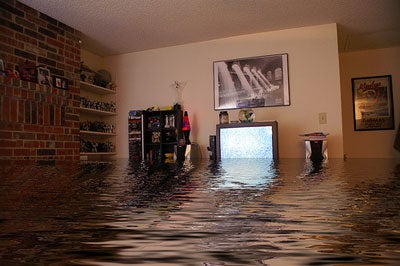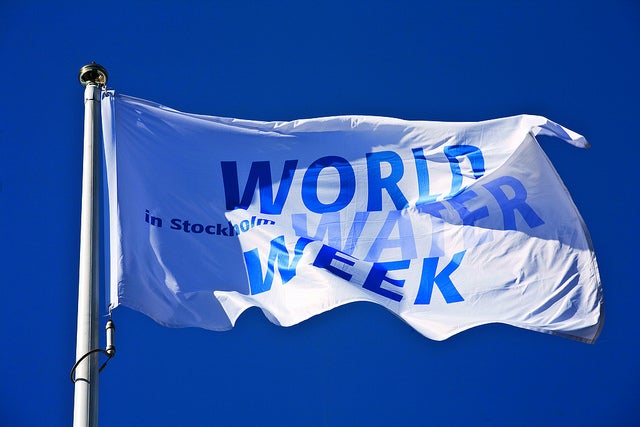 The Electric Reliability Council of Texas (ERCOT), which manages 90 percent of Texas’ electric grid, has been busy. In the last two months of 2014, the agency released two very lengthy reports examining the future of a lower-polluting power grid in light of upcoming EPA clean air protections, in particular the Clean Power Plan. As the media described it, the reports did not provide the rosiest of outlooks for costs to Texans or electric reliability. But I think they are looking at the reports the wrong way.
The Electric Reliability Council of Texas (ERCOT), which manages 90 percent of Texas’ electric grid, has been busy. In the last two months of 2014, the agency released two very lengthy reports examining the future of a lower-polluting power grid in light of upcoming EPA clean air protections, in particular the Clean Power Plan. As the media described it, the reports did not provide the rosiest of outlooks for costs to Texans or electric reliability. But I think they are looking at the reports the wrong way.
The electric grid is changing. Innovative technologies – many of which are created right here in Texas – are lowering electricity bills and increasing energy independence. They are disrupting the way we produce and use electricity and they are changing the way ERCOT looks at grid reliability – albeit not in these two reports.
Cleantech entrepreneurs are at the helm of deciding Texas’ (and, let’s face it, America’s) energy future. And there are quite a few market opportunities outlined in the reports, if you look closely. Here are a few hidden in the report, plus other trends to keep an eye on: Read More




